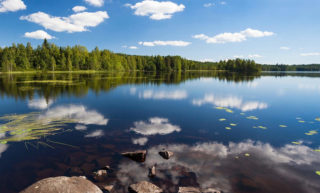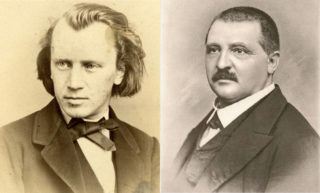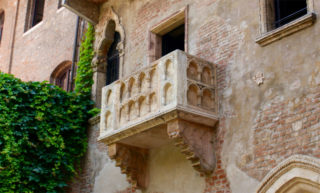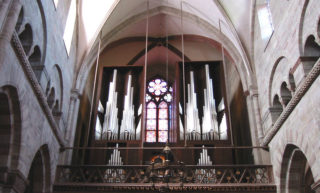Top Brass
Sinfonieorchester Basel
18 and 19 April 2018
Mike Svoboda, Trombone
Michal Nesterowicz, Conductor
Georg Friedrich Haas - Concert for Trombone and Orchestra
Anton Bruckner - Symphony No. 4
The program of this month’s SOB-concert starts with a brand-new trombone concerto composed by Georg Friedrich Haas (b. Austria, 1953). The concerto, commissioned by SOB and the Donaueschingen Festival, was conceived for the American trombonist and composer Mike Svoboda, who also plays it at its Swiss premiere in Basel. Despite his studies in experimental use of the trombone, the piece only requires the use of its traditional possibilities.
Harmonious opening chords draw the listener immediately into the work. They are charged with an undefined tension; you can’t predict where the music will go but it pulls you in. The introduction of the contrasting harp puts the listener on edge even further. By then you are so absorbed that even when the piece loses its tonality, it will carry you through to the end. It is easy to understand why the concerto received much praise at its world premiere in Donaueschingen in 2016.
The concerto consists of three parts that blend into each other almost seamlessly. After the more harmonious first part follows a passionate and virtuoso middle section. The concerto concludes with a movement that is characterised by microtonal melodies or sequences of very small intervals between the notes.
From Haas we make a big step back in time to Bruckner’s fourth symphony, in which the horn plays a crucial role, and also features the impressive bass tuba. It was composed in 1874 and revised many times. Musicologists have argued long about the authenticity of later versions, some asserting Bruckner’s assistants Löwe and the Schalk brothers made unauthorized changes to the score. However, there is no doubt that the 1878/1880-version on this concert’s program is the fruit of Bruckner’s own developing insights. Compared to the original, the first two movements were drastically reworked and the fast paced third movement was replaced by what is now called the Hunt Scherzo with its well-known cinematographic main theme. Moreover, Bruckner wrote a new fourth movement, named the “Volksfest” that he subsequently substituted again by a movement that leans heavily on the original version.
In stark contrast to Bruckner’s earlier symphonies the fourth was greeted enthusiastically at its premiere in Vienna in 1881. (The first version of 1874 wasn’t publicly played until 1975!) The symphony’s epithet the “Romantic” was probably given by the composer himself and the title refers to its expansive form – its length is more than an hour -, and to the evocative musical depiction of scenes such the daybreak at a castle (note the opening theme of the first movement in the horns), a romantic medieval rendezvouz (note the beautiful songlike opening melody of the cellos in the second movement) and a group of hunters (note the horns again, yet as hunting horns in the third movement).
Contrary to the first three movements, the colossal last one doesn’t have any program. Instead it recaptures material from previous movements, in particular the opening theme. When the symphony draws to a close, the horns return with their daybreak theme; this time it isn’t just the solo hornist, but the entire section against the climactic backdrop of the full orchestra.
For brass buffs the sixth concert of the season may also be its climax.
These English program notes have been published in the magazine (No. 6, 2017/2018) of the Sinfonieorchester Basel.
Photo credit: Michael Fritschi








Comments